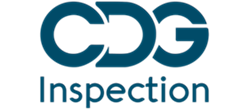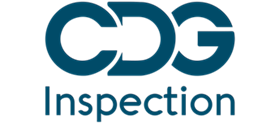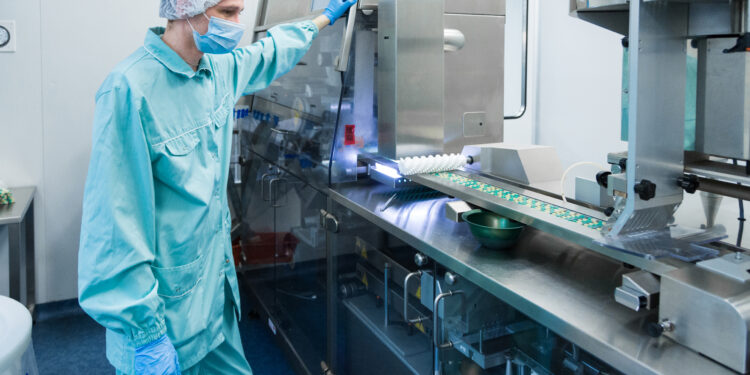Introduction:
In the realm of pharmaceuticals and other regulated industries, compliance with Current Good Manufacturing Practices (cGMP) is paramount. Among the critical aspects of cGMP is the accurate qualification and calibration of equipment used in the manufacturing, testing, and quality control processes. To ensure the highest quality standards and product safety, maintaining accurate records for equipment qualification and calibration is of utmost importance. This article delves into the reasons behind this significance, covering various aspects that highlight the importance of meticulous record-keeping in cGMP services.
Regulatory Compliance and Audits:
Regulatory bodies such as the United States Food and Drug Administration (FDA) and the European Medicines Agency (EMA) require companies to adhere to cGMP regulations. Rigorous documentation of equipment qualification and calibration activities is essential to demonstrate compliance during regulatory inspections and audits. Accurate records provide evidence that equipment has been appropriately qualified, calibrated, and maintained, instilling confidence in the quality and safety of the products manufactured.
Product Quality and Consistency:
Equipment used in manufacturing and testing processes directly impacts the quality and consistency of the final products. Accurate equipment qualification ensures that machinery is fit for its intended purpose and operates consistently within defined parameters. Calibration, on the other hand, guarantees that equipment measurements are accurate and reliable. Maintaining detailed records of these activities helps prevent variations in product quality, reducing the likelihood of defects and recalls.
Data Integrity:
In an era where data integrity is a critical concern, accurate records play a pivotal role. Proper documentation establishes a reliable data trail that traces the history of equipment qualification and calibration activities. This trail safeguards against data manipulation, unauthorized changes, and fraudulent practices, reinforcing the authenticity and trustworthiness of the information recorded.
Risk Mitigation:
Equipment malfunction or inadequately calibrated instruments can introduce significant risks to product quality and patient safety. By meticulously documenting qualification and calibration activities, organizations can proactively identify and mitigate potential risks associated with equipment. In case of deviations or anomalies, thorough records aid in root cause analysis and corrective actions, preventing recurrence of issues.
Continual Improvement:
Accurate records provide a basis for ongoing evaluation and improvement of equipment performance. By analyzing historical data, organizations can identify trends, patterns, and areas for enhancement. This data-driven approach enables informed decision-making regarding equipment maintenance, replacement, and process optimization, leading to overall operational excellence.
Knowledge Preservation:
Personnel turnover is a common challenge in industries subject to stringent regulations. Accurate records act as a repository of institutional knowledge. New employees can refer to these records to understand equipment history, qualification protocols, calibration procedures, and any past challenges. This ensures consistency in practices and prevents the loss of critical information due to staff changes.
Documentation of Deviations:
Despite the best preventive measures, deviations from established processes can occur. Comprehensive records enable effective documentation of such deviations, along with the steps taken for investigation and resolution. This documentation aids in understanding the impact of deviations on product quality and safety, helping organizations implement corrective and preventive actions.
Supplier and Vendor Management:
In many cases, equipment used in cGMP services may be sourced from external suppliers or vendors. Accurate records of qualification and calibration provide a basis for assessing the performance and reliability of these external partners. Organizations can make informed decisions about equipment sourcing based on historical data, ensuring that suppliers maintain the necessary quality standards.
Evidence for Validation:
Validation of processes, systems, and equipment is an integral part of cGMP. Accurate records serve as essential evidence during validation activities, demonstrating that equipment has been qualified and calibrated as per established protocols. This evidence supports the validation process, ensuring that equipment functions within specified parameters.
Legal and Liability Considerations:
In the event of product recalls, legal disputes, or safety concerns, accurate records can serve as a legal safeguard. These records can be crucial in establishing due diligence, demonstrating that the organization has taken appropriate measures to maintain equipment quality and compliance. Proper documentation can influence the outcome of legal proceedings and mitigate liability.
Conclusion:
Maintaining accurate records for equipment qualification and calibration is not merely a procedural requirement; it is a cornerstone of cGMP services. The significance of these records extends beyond compliance to encompass product quality, patient safety, data integrity, and organizational excellence. In an environment where precision, consistency, and compliance are paramount, meticulous record-keeping stands as an essential practice that upholds the integrity of the pharmaceutical and regulated industries. As technology advances and regulations evolve, organizations must continue to prioritize and invest in robust documentation practices to ensure the highest standards of quality, safety, and compliance.





